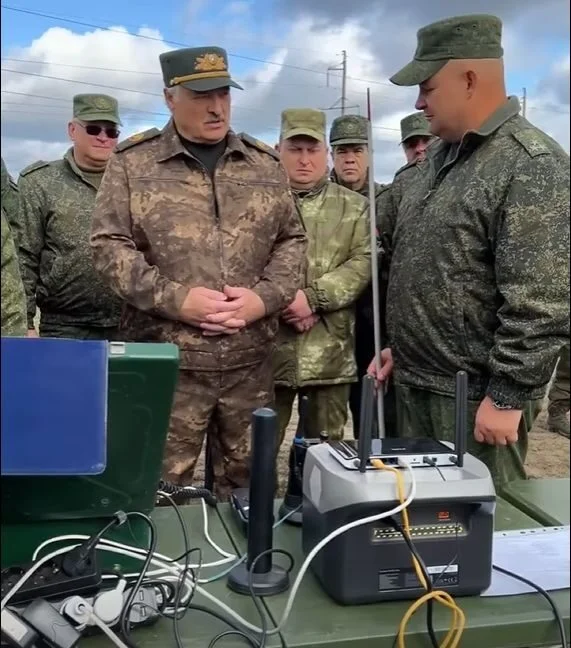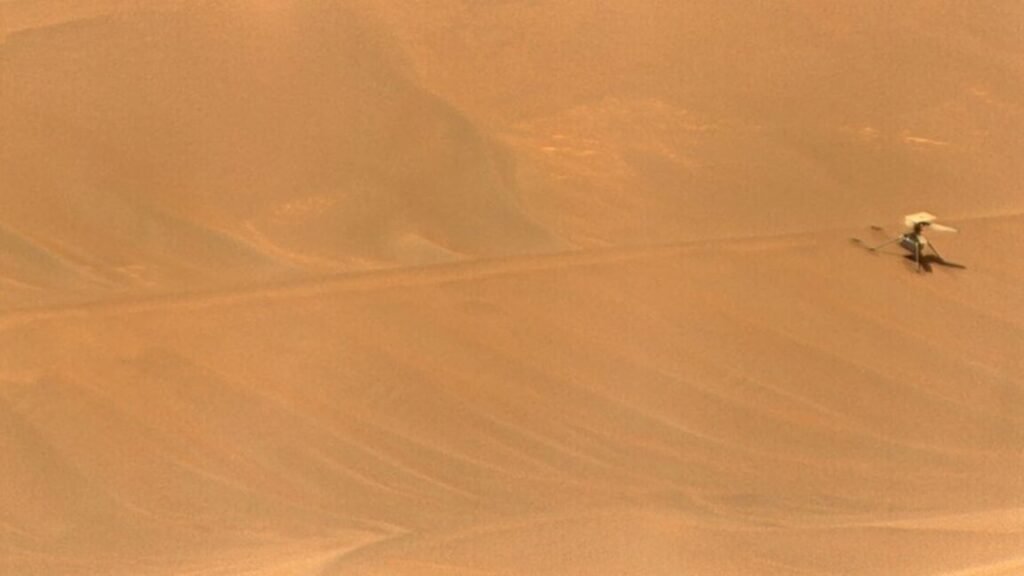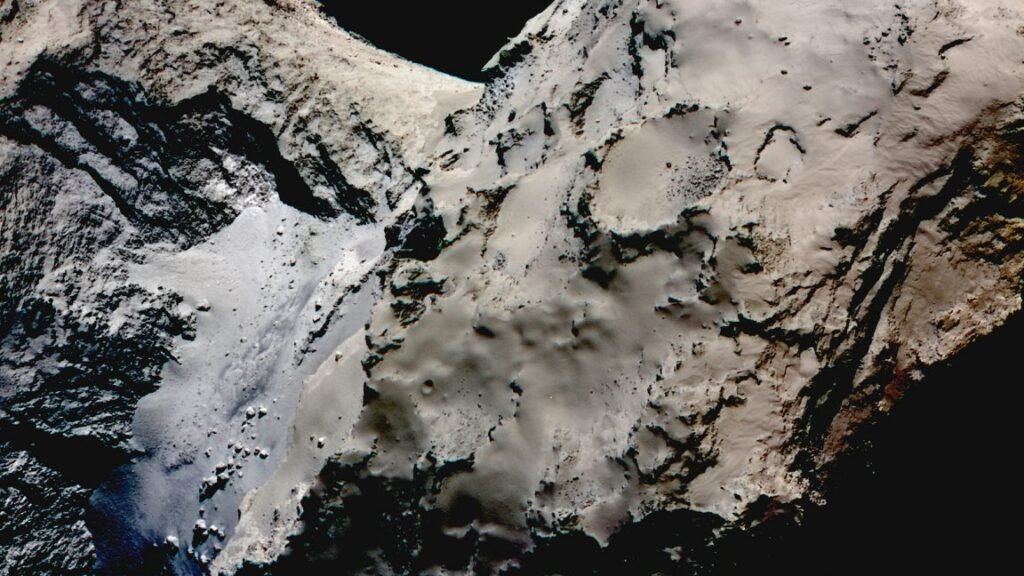
Pieces of Artemis II start to arrive on the chess board. The core stage of NASA’s second Space Launch System rocket arrived at Kennedy Space Center in Florida this week, Ars reports. Agency officials intend to start stacking the towering launcher in the next couple of months for a mission late next year carrying a team of four astronauts around the Moon. The Artemis II mission, officially scheduled for September 2025, will be the first voyage by humans to the vicinity of the Moon since the last Apollo lunar landing mission in 1972.
Heat shield issue may be close to resolution … Chunks of charred material cracked and chipped away from Orion’s heat shield during reentry at the end of the 25-day unpiloted Artemis I mission in December 2022, prompting several investigations. The most likely decision will be to fly the Orion spacecraft, which has its heat shield already attached, without any major hardware changes. Instead, NASA could change the slope of the capsule’s reentry trajectory to change the heating profile on the bottom of the spacecraft. Wholesale changes to the heat shield would delay the Artemis II mission at least a year, and probably longer, to take apart the Orion spacecraft, develop and implement a solution, and then reassemble the spacecraft.
Next Vulcan launch set for mid-September. United Launch Alliance is targeting September 16 for the second test flight of the new Vulcan rocket, Ars reports. Should the flight be successful, it could finally set the stage for the first Vulcan launch for the US military by the end of the year. The US Space Force has contracted ULA’s Vulcan rocket to launch the majority of the military’s space missions over the next few years—the new rocket has a backlog of 25 military space missions the Space Force wants to launch by the end of 2027.
Some small slips still possible … By any measure, the first Vulcan launch in January was a resounding success. On its debut flight, the new rocket delivered a commercial lunar lander to an on-target orbit. The next Vulcan mission, which ULA calls Cert-2, will be the rocket’s second certification flight. Instead of earning revenue on the Cert-2 mission, ULA will fly a dummy payload, or a mass simulator. As the launch date is nearly two months out, don’t be surprised if there are some minor adjustments to the schedule.
Next three launches
July 27: Falcon 9 | Starlink 10-9 | Kennedy Space Center, Florida | 04:21 UTC
July 28: Falcon 9 | Starlink 10-4 | Cape Canaveral Space Force Station, Fla. | 04:13 UTC
July 28: Falcon 9 | Starlink 9-4 | Vandenberg Space Force Base | 07:24 UTC





